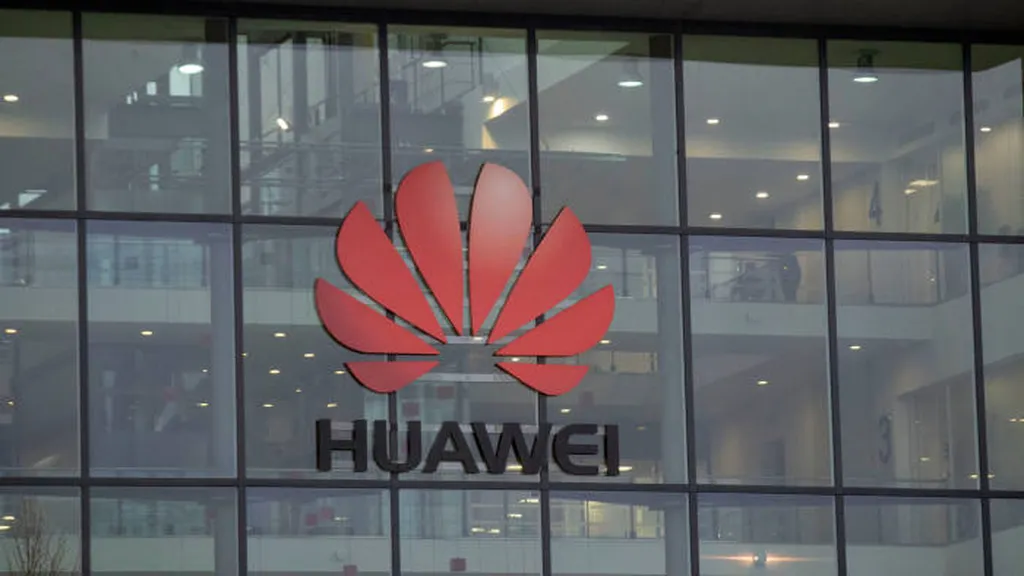In the rapidly evolving energy sector, a new trend is gaining traction: virtual power plants (VPPs). These innovative systems are poised to revolutionize how we think about energy production, distribution, and consumption. By aggregating distributed energy resources, VPPs promise to enhance grid reliability and economic efficiency, but their integration into existing markets is not without challenges.
At the forefront of this research is N. G. Lyubimova, from the State University of Management. Lyubimova’s work, published in the Bulletin of the University (Вестник университета), delves into the complexities and opportunities presented by VPPs. Her study employs a comprehensive STEEP analysis, examining social, technological, environmental, economic, and political aspects to provide a holistic view of VPPs’ potential impact.
One of the key advantages of VPPs is their ability to consolidate various energy sources, such as solar panels, wind turbines, and battery storage systems, into a single, manageable entity. This consolidation can significantly improve the flexibility and sustainability of power systems, making them more resilient to fluctuations in demand and supply. “By integrating these distributed resources, VPPs can contribute to a more stable and efficient energy grid,” Lyubimova explains. This stability is crucial for both consumers and energy providers, as it ensures a consistent supply of electricity and reduces the risk of outages.
However, the path to widespread adoption of VPPs is fraught with obstacles. One of the most significant hurdles is the lack of an adequate regulatory framework. Current energy markets are not designed to accommodate the unique characteristics of VPPs, which can operate across different regions and jurisdictions. “The regulatory environment needs to evolve to support the specific features of these innovative systems,” Lyubimova notes. This evolution will require policymakers to develop new approaches that can effectively govern VPPs while promoting their benefits.
The economic implications of VPPs are substantial. By optimizing the use of distributed energy resources, VPPs can reduce operational costs and improve the overall efficiency of the energy sector. This efficiency can translate into lower electricity prices for consumers and increased profitability for energy providers. Moreover, VPPs can play a crucial role in achieving sustainability goals by integrating renewable energy sources into the grid, thereby reducing reliance on fossil fuels.
The environmental benefits of VPPs are equally significant. By promoting the use of renewable energy, VPPs can help mitigate the impacts of climate change. This is particularly important in the context of global efforts to reduce greenhouse gas emissions and transition to a more sustainable energy future. “VPPs offer a viable solution for integrating renewable energy sources into the grid, which is essential for combating climate change,” Lyubimova states.
The political dimension of VPPs is also noteworthy. The development of a favorable regulatory environment will require collaboration between governments, energy providers, and other stakeholders. This collaboration will be essential for creating the necessary infrastructure and policies to support the growth of VPPs. “A comprehensive approach, considering all aspects of STEEP analysis, can ensure the full realization of VPPs’ potential in the modern energy sector,” Lyubimova emphasizes.
As the energy sector continues to evolve, the role of VPPs is likely to become increasingly important. Their ability to integrate distributed energy resources, enhance grid reliability, and promote sustainability makes them a valuable asset for the future of energy. However, realizing this potential will require a concerted effort from all stakeholders, including policymakers, energy providers, and consumers.
Lyubimova’s research provides a roadmap for navigating the challenges and opportunities presented by VPPs. By addressing the regulatory, economic, and environmental aspects of these innovative systems, she offers a comprehensive view of their potential impact on the energy sector. As the world continues to grapple with the challenges of climate change and energy sustainability, VPPs may well be the key to a more resilient and efficient energy future.

